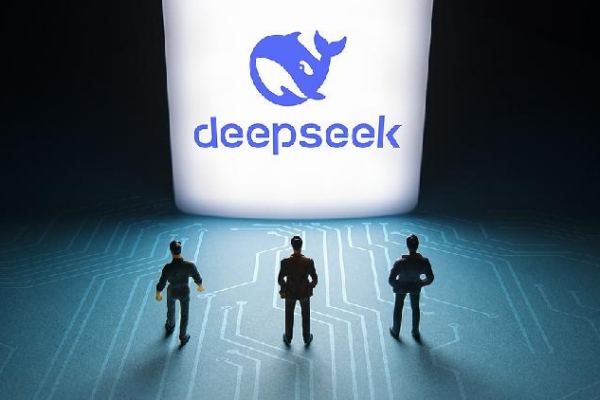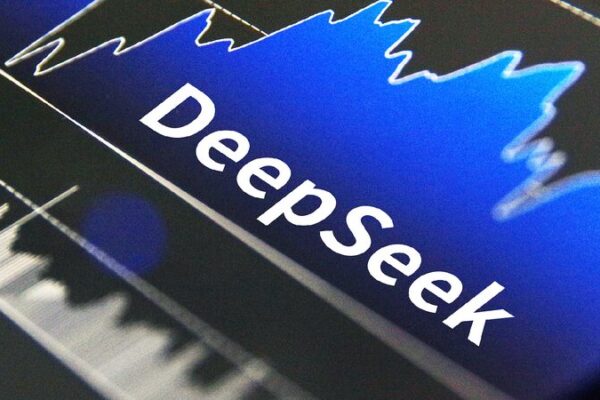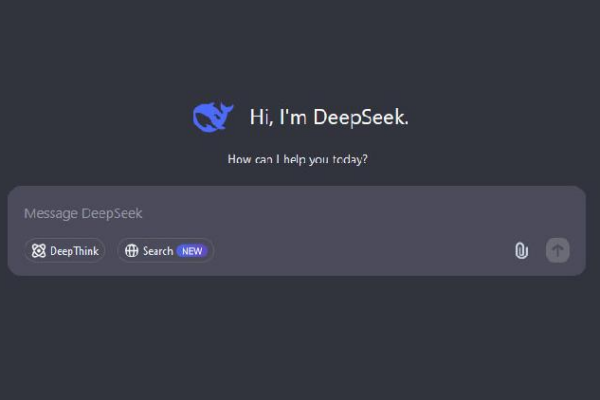Artificial intelligence is not just for tech giants anymore—it’s becoming a game-changer for researchers worldwide. According to a recent survey by global publisher Wiley, scientists are rapidly adopting AI tools like ChatGPT and DeepSeek to enhance their work.
The survey gathered responses from 4,946 researchers across more than 70 countries. It explored how they’re currently using generative AI tools and their perspectives on AI’s future applications. The findings are striking: most respondents believe AI will become integral to scientific research and publishing within the next two years.
Over half of the researchers surveyed rated AI as superior to humans in tasks such as reviewing vast amounts of literature, summarizing research findings, detecting writing errors, checking for plagiarism, and organizing citations. More than half also anticipate that AI will become mainstream in 34 out of 43 research-related tasks soon.
Among the participants, 27% are early-career researchers. Of the total respondents, 45% reported already using AI in their research, mainly for translation, proofreading, and manuscript editing. Among these AI users, a staggering 81% have engaged with OpenAI’s ChatGPT for personal or professional purposes, while only one-third are familiar with other generative AI tools like Google’s Gemini and Microsoft’s Copilot.
The survey also highlighted significant differences across disciplines and regions, with computer scientists being the most likely to integrate AI into their work.
Echoing these findings, a report published in Nature on January 23 indicates that the Chinese-developed large language model DeepSeek-R1 is exciting scientists as an affordable and open rival to advanced reasoning models. Initial tests showed that DeepSeek-R1’s performance on tasks in chemistry, mathematics, and coding is on par with leading AI models.
These developments suggest that models like DeepSeek-R1 demonstrate capabilities beyond early language models in addressing complex scientific problems, holding significant potential for future research applications.
Reference(s):
cgtn.com








